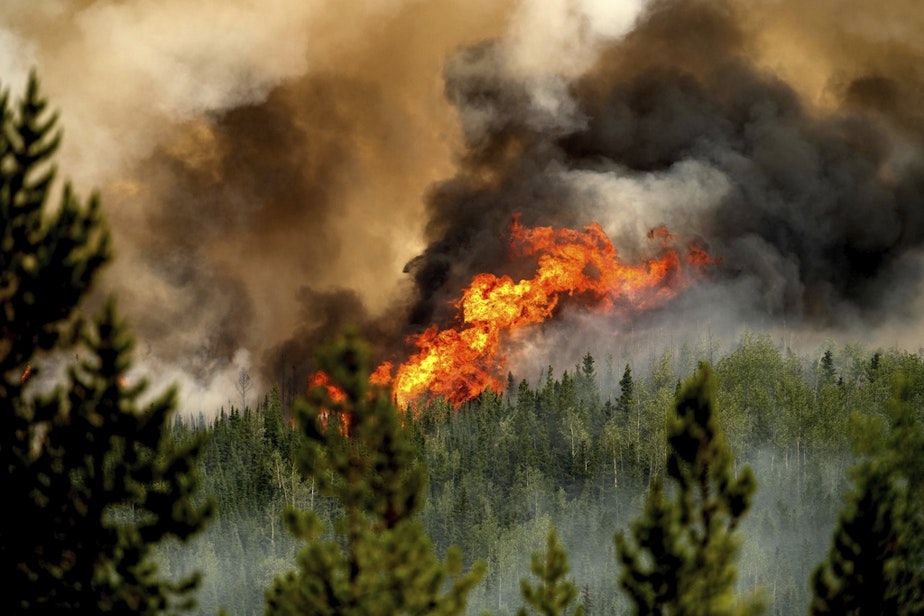Record fires or wildfire deficit, which is it for Washington state?

The 2023 fire season will go down as having the second-most ignitions in Washington state's recorded history.
"Statewide, we saw the second-most ignitions in Washington’s history this year, including the tragedies that were the Gray and Oregon fires,” Public Lands Commissioner Hilary Franz said in a statement. “But we kept 95% of DNR protection fires under 10 acres and remained well below the 10-year average for acres burned — a testament to the investments we have made in resources like additional aircraft, more firefighters, better training, and the great work done by firefighters and interagency partners."
About 165,000 acres were burned by more than 1,880 fires in Washington over the last wildfire season, including the two major blazes in Spokane County that killed two people. They were started by a combination of human and natural causes. More than half of these fires occurred in Western Washington.
While this is the second-most ignitions in state history, the Department of Natural Resources notes that it's below the annual average over the past decade, which is 470,000 acres.
Big picture: the Pacific Northwest is in a fire deficit. That's the conclusion of a new study from the University of Washington and DNR, that was published in Science Direct. The deficit appears to be caused by fire suppression policies and practices over the past 100 years.
Sponsored
According to a statement from UW's School of Environmental and Forest Sciences:
Prior to the 20th century, the drier, inland forests of eastern Washington and Oregon experienced active fire regimes, both from lightning ignitions as well as Indigenous cultural burning practices. The frequent fire activity played an important role in the ecosystem, removing grasses, shrubs, small trees, and dead leaves that act as fuel for fires, and maintaining forest health by promoting fire-resilient species across the landscape. Fire suppression practices, which became common in the 1900s, dramatically lowered the amount of fire activity at all severity levels. Combined with other land-use impacts, the resulting denser, simpler makeup of modern forests is less resilient to climate change and ecological disturbances.




